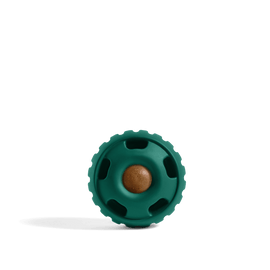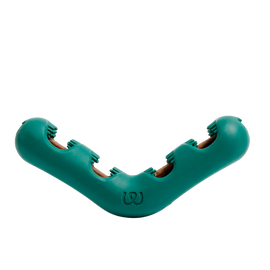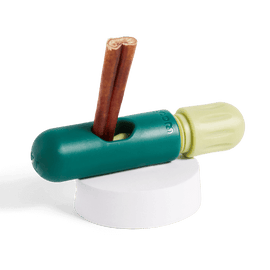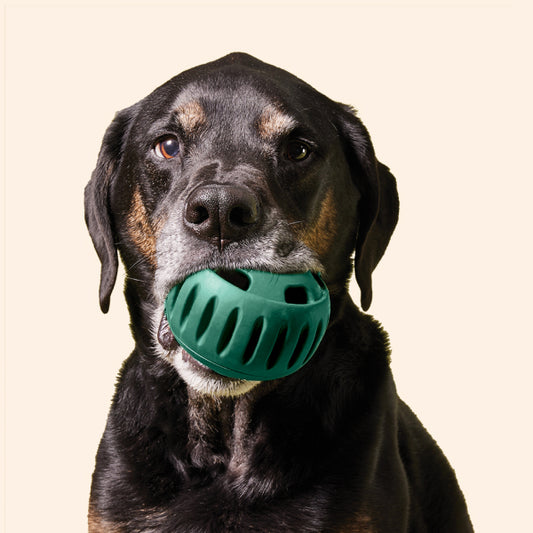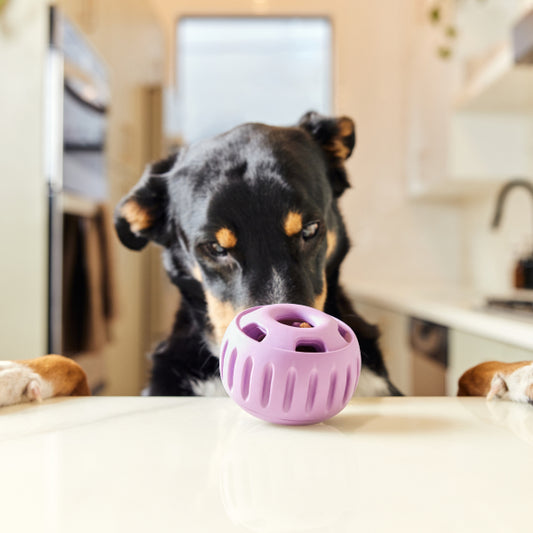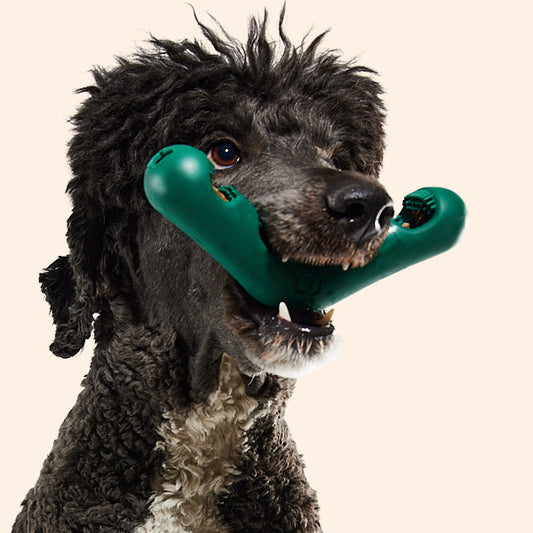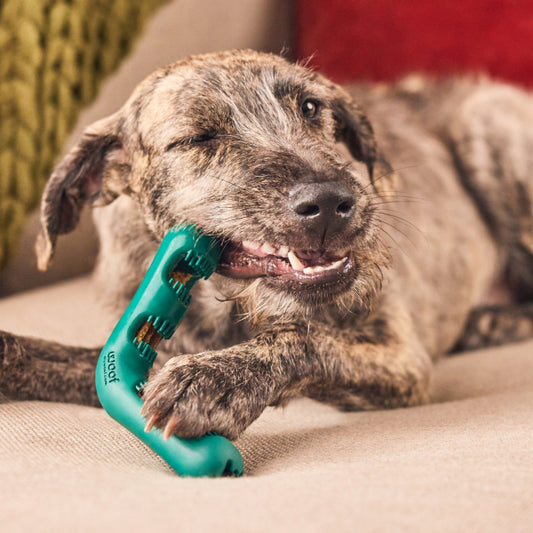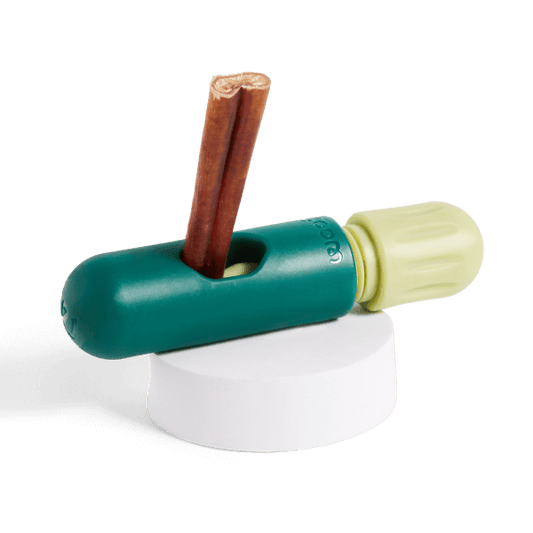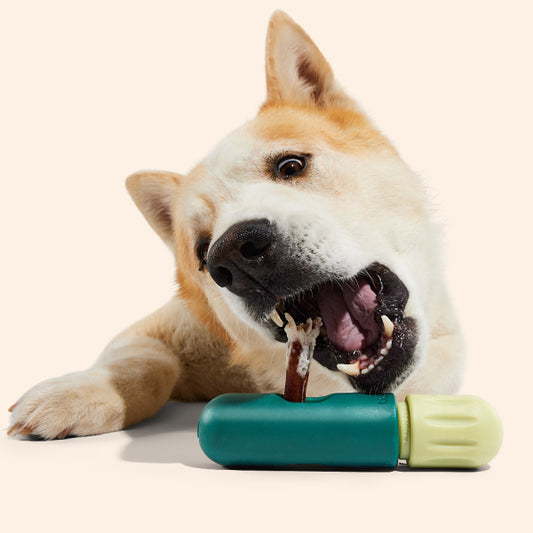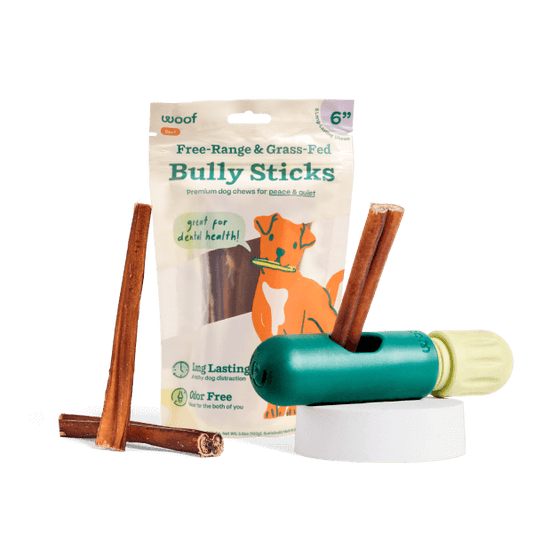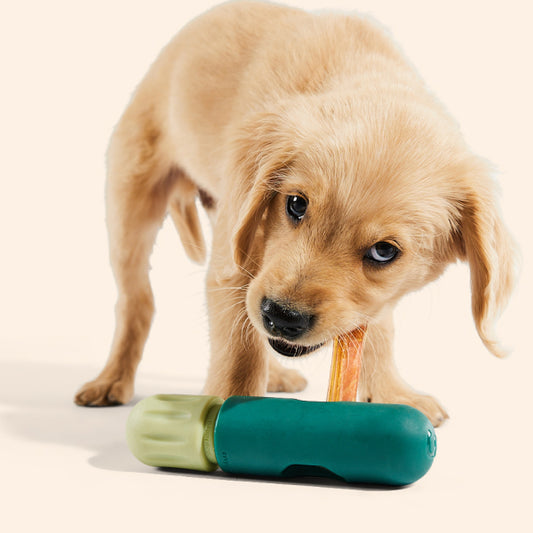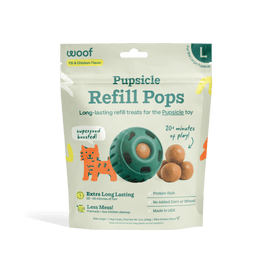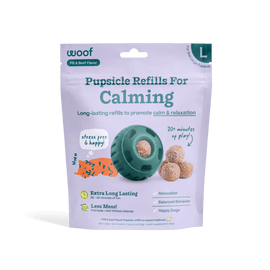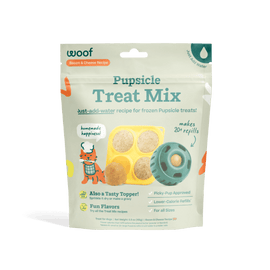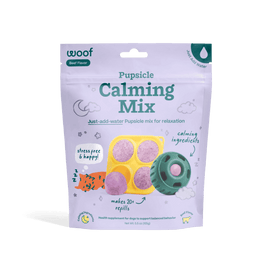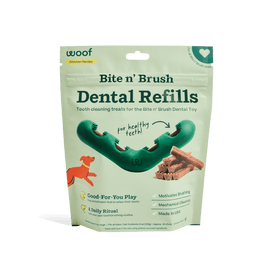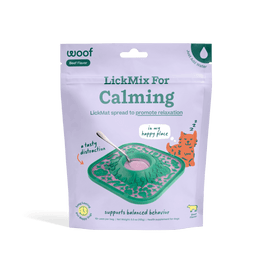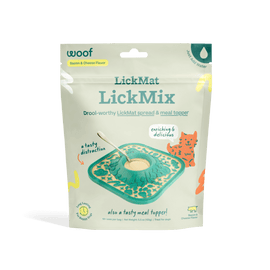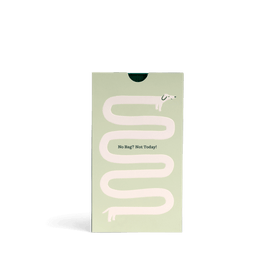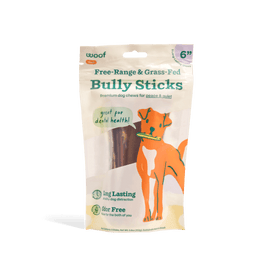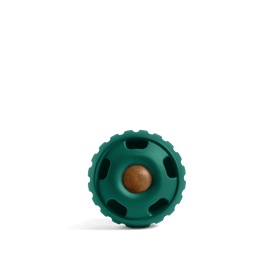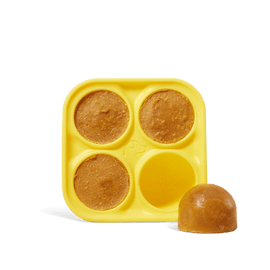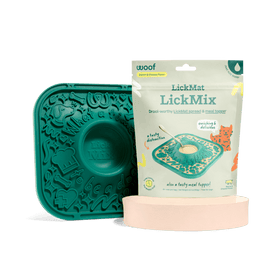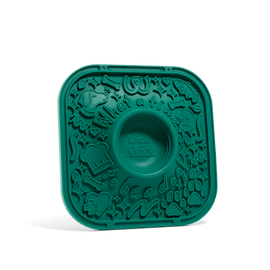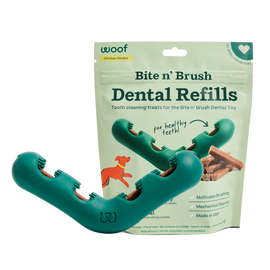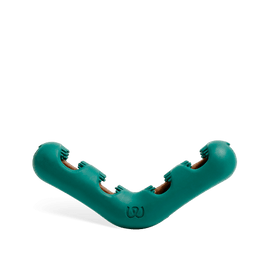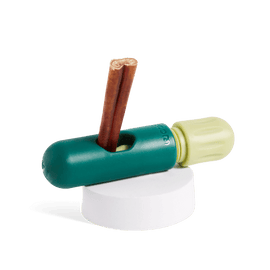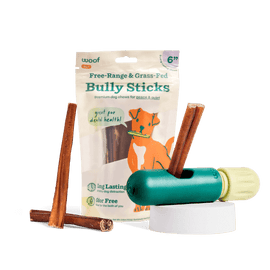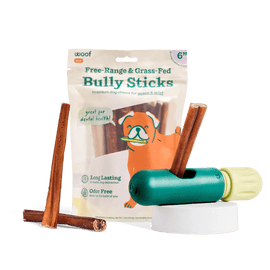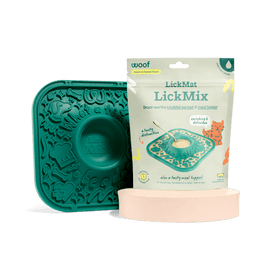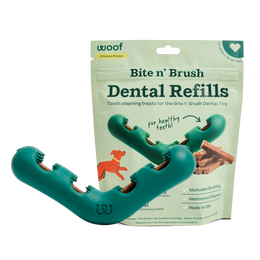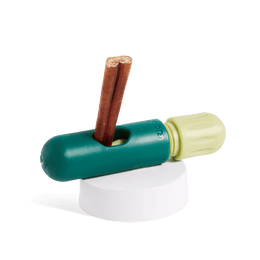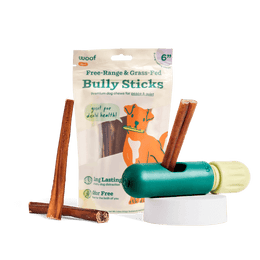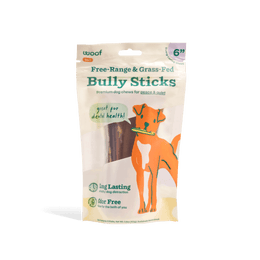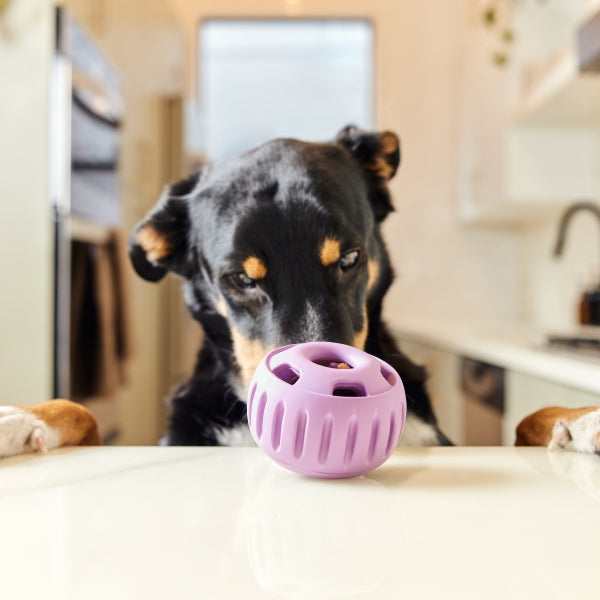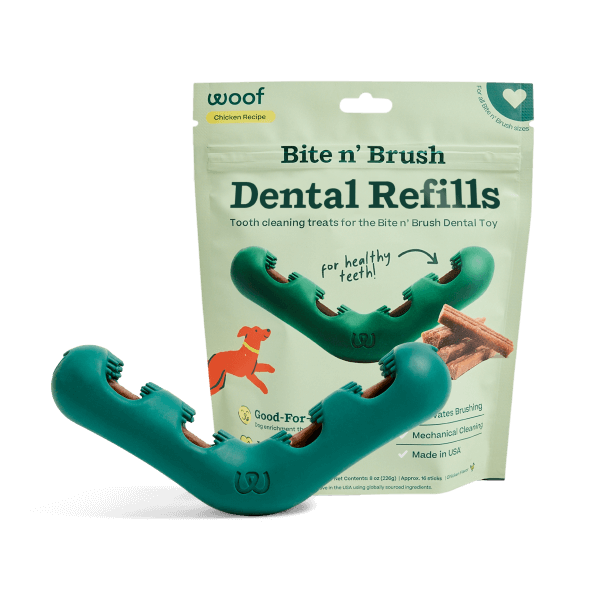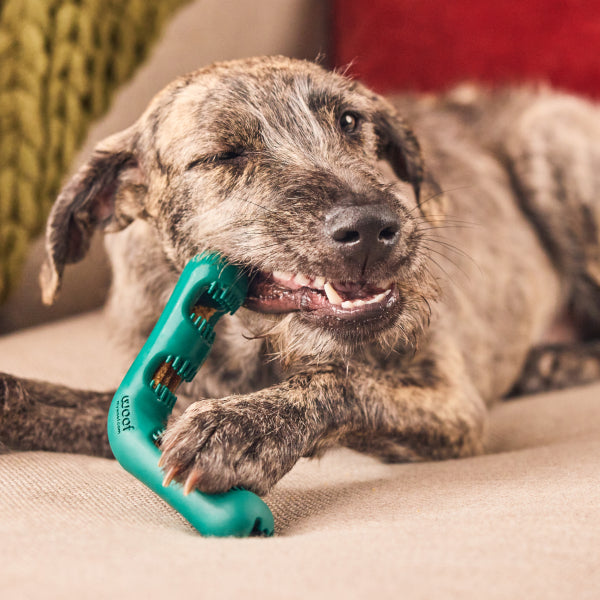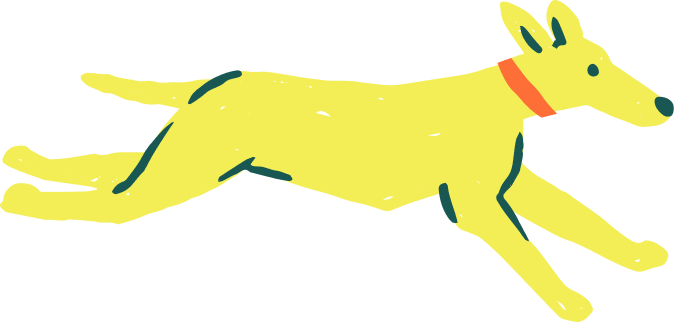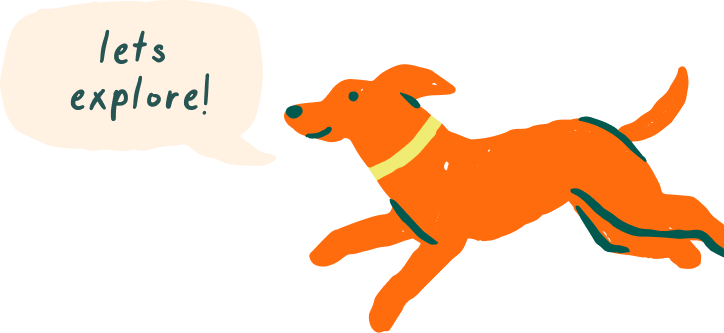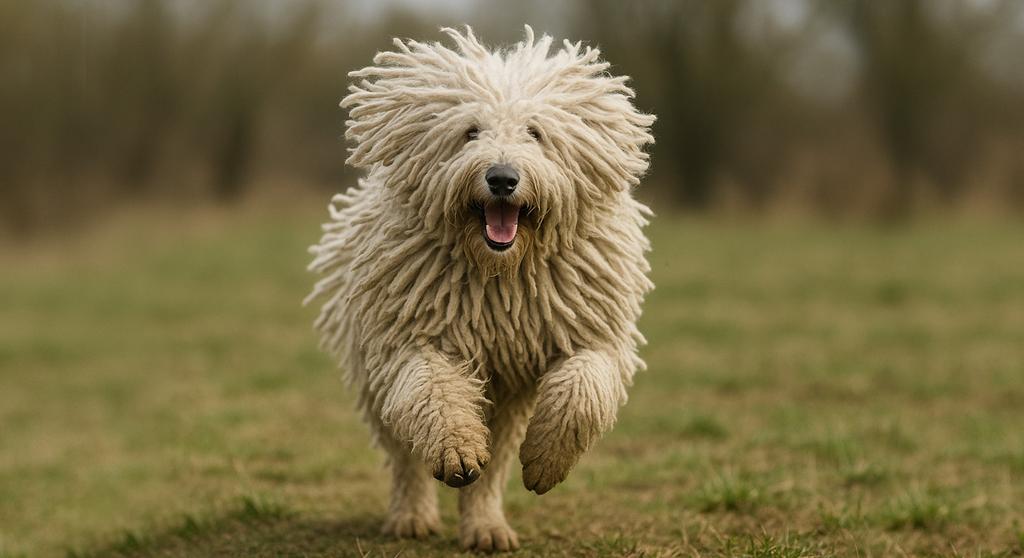
Did you know there’s a dog that looks like a living mop—and guards like a lion? Meet the Komondor, a one-of-a-kind Hungarian livestock guardian known for its dramatic corded coat and deeply loyal personality. This majestic breed isn’t just visually stunning—it’s an ancient protector with a heart of gold and instincts as strong as its physique.
History and Origins
The Komondor is one of the oldest dog breeds in Hungary, with roots dating back over a thousand years. Brought to Europe by nomadic Magyars, these dogs were bred to guard flocks of sheep and cattle across the open plains. Their thick cords not only camouflaged them among the herd but also offered insulation from harsh weather and protection against bites during predator attacks.
Today, the Komondor continues its role as a guardian—not just of livestock, but of families. Their vigilance, independence, and unwavering loyalty make them a unique addition to the right household.
What Does a Komondor Look Like?
The Komondor stands tall, strong, and unmistakable. Adults typically weigh 80–130 pounds and can reach up to 27.5 inches tall at the shoulder. Their most defining feature is their coat—thick, natural cords that develop as the soft puppy coat transitions into a coarse adult coat.
These cords form naturally but must be carefully maintained to ensure they don't mat together. The coat is always white, though dirt can dull its appearance without regular grooming. Surprisingly, this coat also keeps them cool in summer and warm in winter, functioning like a built-in thermal layer.
Temperament and Training
While Komondors may look like gentle giants, they’re instinctively protective, alert, and territorial. This breed was developed to work independently, which means they may not respond like traditional obedient breeds. They think before they act—and often choose their own way unless trained from a young age.
That said, Komondors are loving and devoted to their families. They can be gentle with children and loyal to their household members, but they may be aloof or even suspicious of strangers. Socialization and early training are absolutely essential.
Use high-value rewards like Love Nuggets to encourage engagement during training sessions, and keep lessons positive, short, and consistent. This builds trust and respect with your independent companion.
Grooming Needs
The Komondor’s coat is as iconic as it is demanding. You don’t brush it—you separate it. As cords begin forming (usually around 8–12 months), they must be manually divided and maintained to prevent matting. This process continues throughout their life, requiring patience and routine attention.
Bathing a Komondor is a project—thorough rinsing and complete drying are critical to prevent odor and mildew. Towel drying followed by powerful fans or air drying in warm weather is recommended. While coat care is intense, it’s part of what makes owning a Komondor such a distinctive experience.
Don’t overlook their oral care, either. The Bite n' Brush combines chew time with brushing action for easy, stress-free dental maintenance.
Exercise and Enrichment
Despite their size, Komondors are not high-energy dogs. They prefer calm, confident patrols of their environment over fetch or agility. That said, daily exercise is essential to prevent boredom and restlessness—especially during adolescence.
Try offering mental stimulation through enrichment tools like:
- The LickMat – Spread with soft foods or Calming LickMix to offer focused, relaxing engagement.
- The Pupsicle – A frozen treat that keeps your Komondor happily occupied when you’re working or out of the house.
- Pupsicle Pops – Convenient frozen refills that provide enrichment without mess.
Health and Lifespan
The Komondor has a typical lifespan of 10–12 years. Like many large breeds, they are prone to hip dysplasia, bloat (gastric torsion), and skin issues if the coat isn’t maintained. Responsible breeders will screen for genetic conditions, and owners should monitor for early signs of joint or digestive concerns.
Joint supplements like Hip & Joint Pops are a smart addition to support healthy mobility as your Komondor ages. Regular check-ups, a balanced diet, and maintaining a healthy weight will also contribute to long-term wellness.
Is a Komondor Right for You?
This breed is best suited for experienced dog owners who appreciate the complexity and commitment of a working guardian breed. Komondors do best in large homes with fenced yards, where they can monitor their territory and interact calmly with trusted family members. They are not suited for apartment life or highly social settings with lots of unknown visitors.
However, if you’re looking for a deeply loyal, unique companion who will guard your family with quiet confidence, the Komondor offers unmatched devotion and character.
Final Thoughts
The Komondor is more than a conversation starter—it’s a living legacy of Hungarian pastoral history. With the right care, training, and environment, this breed becomes an extraordinary protector, partner, and friend.
At Woof, we believe every dog deserves enrichment, wellness, and joy. Explore our full Woof Collection to discover tools that help you support your Komondor’s health, calm their mind, and reward their noble spirit.
Already living with a corded companion? Share your favorite Komondor tip or tail-wagging memory in the comments—we’d love to hear from you!

